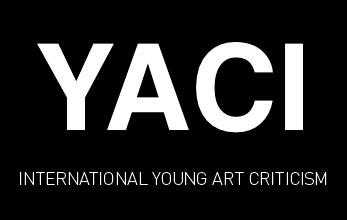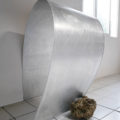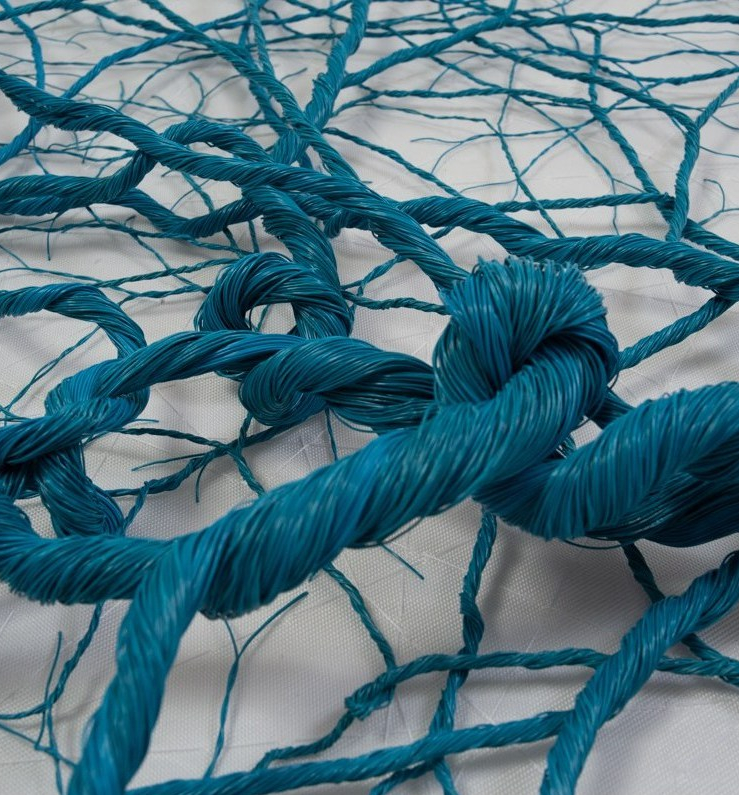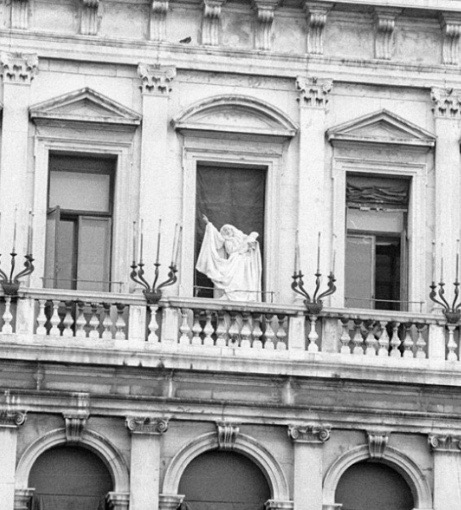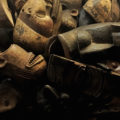The Quistrebert brothers, painting ad nauseam?
The Quistrebert brothers are currently exhibiting at the Centre de création contemporaine Olivier Debré (CCCOD) in Tours, after a solo show at gallery 313 Art Projects (Seoul), and have in their curriculum vitae a major monographic exhibition at the Palais de Tokyo in 2016, and a nomination for the Marcel Duchamp Prize in 2014. They have been through the FIAC several times, and are represented by good galleries, Crèvecoeur in France, Juliette Jongma in the United States. In short, they are the example of artists who have “made a breakthrough” in the contemporary art world, legitimate on both circuits: courted by institutions, sold on the market. They thus appear as a common reference, and in this sense, it seems fruitful to approach their work according to a critical rather than didactic approach – as is often the case, when writing about art, we will not hide our faces. The Quistrebert brothers, by the position they occupy, partly shape this system, as much as they are shaped by it, both products and actors. This raises questions about the images and ideas that (some) institutions and the market implicitly promote.
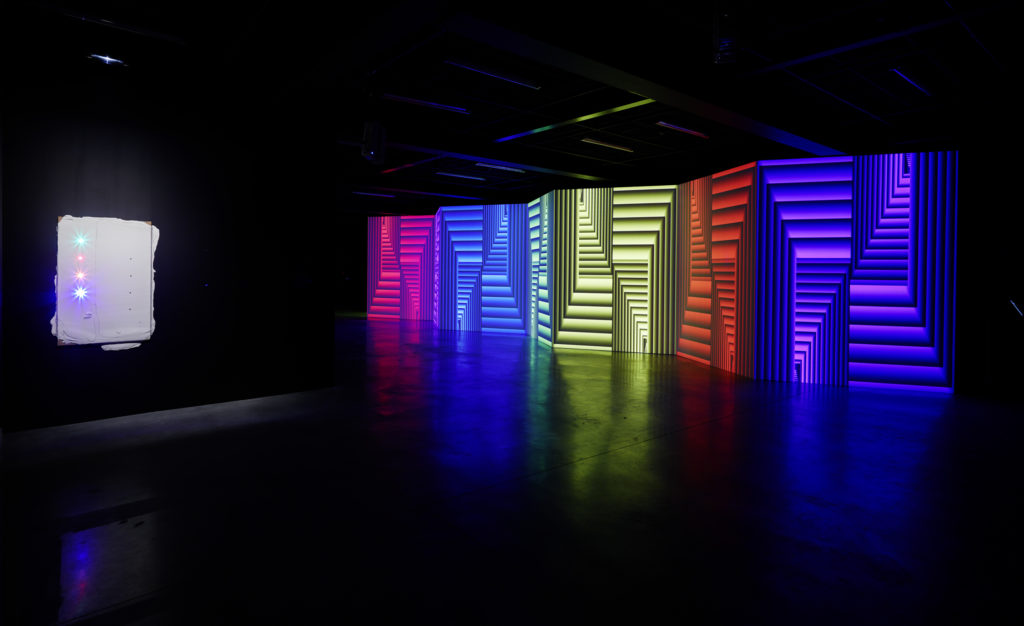
It must be recognized that they cultivate a certain singularity. The Quistrebert brothers claim to be painters, but they stay away, perhaps because they are a little older, from the great figurative wave of the French scene, just as they stayed away from what was raging on the international market and in the United States (but can the two be separated?), zombie formalism – the formula is by critic Walter Robinson and describes the practice of artists who have been exhuming certain codes of abstract expressionism since the mid-2000s by twisting them into something that is roughly unstoppable. They passed through the US the Quistrebert brothers, certainly to see a few countries, but also because, to make a place for themselves in Paris, “it’s still easier coming from New York than from Nantes” (sic) – a little sentence thrown away like that, but which shows a certain intelligence in handling the codes of the art world. A painting rather singular in the eyes of his contemporaries, but which also exhales. Here, it is a whole spirit of the late 1960s that they emerge from the ground, that of deconstruction, dear to BMPT and Support/Surface, consisting in dissecting concepts rather than embodying or representing, and if the concept is painting, reducing it to its components, its supports, sometimes its gestures, then transposing all this into serial forms. This spirit is combined with psychedelicism and the spectacular joy of op art (the zig-zag projection they show at the CCCOD is completely acidic) and some borrowings from sexy-tuning culture to dig into the images of our time, marginal – certainly for the art world in any case – but current: pole dance bars around which some paintings from the Overlight series revolve, frequent use of lacquer for bodywork a bit bling bling…
The Quistrebert brothers are also a real ability to make an impact. We remember all the fuss at the Palais de Tokyo, and we quickly perceive their recurring elements of language. At the Palace, they were there to “give birth to a form of violence, mental and physical” and to “brutalize the retina” (Nouvel Obs). This time, at the CCCOD, the objective is to give paint ad nauseam. “The basis of our work is painting, but painting is absurd. We want to paint without painting.” Through this love of aporia, the idea of “hyper-painting”, which magnifies the essential features of the medium, where everything should be hyperbolicized, “from matter to light through its reception conditions….”. The idea is to push painting into a state of crisis.” This radical vocabulary is quite nostalgic (too) for the violence involved in the speeches and actions of the avant-garde, and yet it contrasts with a production that is, on the whole, quite neat and perfectly organized. There are neither too many nor too few, it’s balanced but a bit whimsical, it’s full of optical effects, occasionally a little kitschy, but always what it takes, in short, no violence contrary to the statement, but spectacular. Pure experiences, sometimes quite immersive, rarely visually uninteresting. But we fall into the same paradox as BMPT and Support/Surface: a hyper-intellectualized process, principles that are meant to be radical, but effects that cannot be said to be devoid of interest – it was a stage in intellectual history – and yet always a little disappointing in relation to the radicality of posture and announcement.
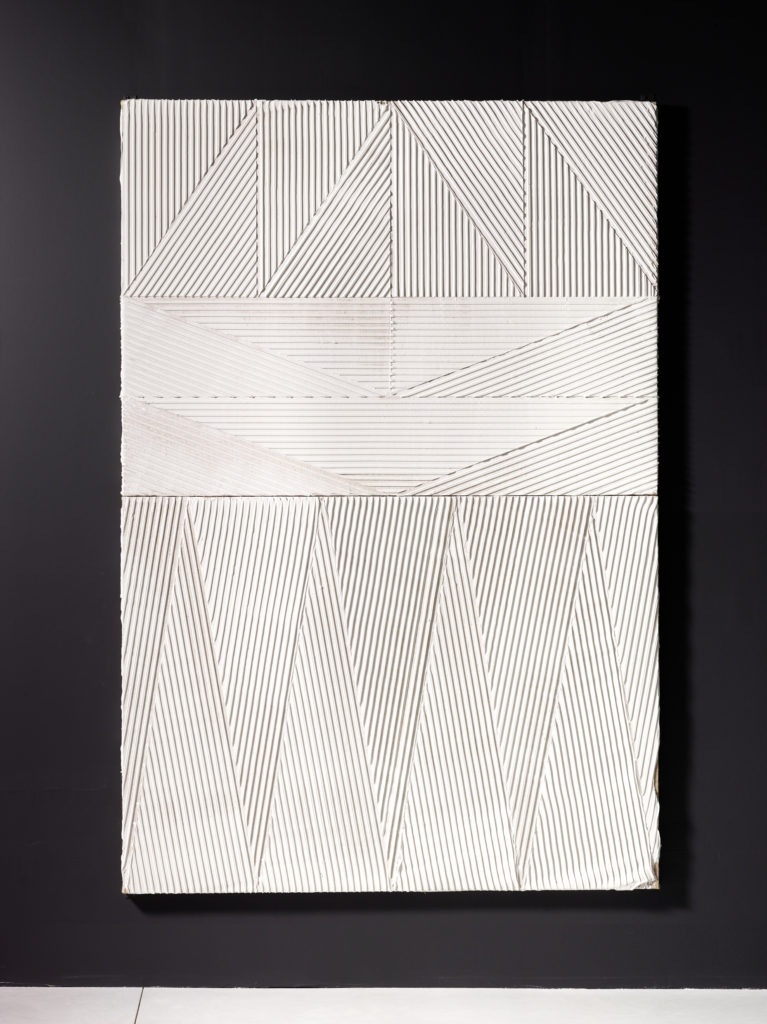
This gap is not unusual and is representative, I think, of several things, first of all of a confusion between the work and the creative process, between the process and its product, but also of the marketing parades that some artists and institutions use together. But is it any wonder, in the communication paradigm, that there is a lot of storytelling? Under the guise of intellectual processes, speeches are actually produced that disguise and double reality. Mythologies are written that necessarily modify the perception of the work. In the case of the Quistrebert brothers, the project, or at least the one that is announced, is extremely vast (“bringing painting to a state of crisis”), but at the CCCOD, it remains geometric abstractions traced in a kind of gesso, sometimes with diodes planted inside, and a zigzag video projection… Some artists borrow more than they open, and please rather than make us doubt. This is the case here. It’s always rather kinder, it’s a sure institutional value, I agree, but what legacy to art history? It’s the tradition of contemporary art. The Quistrebert brothers themselves recognize it, they “exhaust modernity”. You feel like you’re kicking a corpse with a stick so you don’t believe it’s dead. There is a lot of recovery, nostalgia, it is indeed very synthetic, full of familiar images of a modernity a little tired, declining, and which would look at beautiful colors to see itself fading less painfully.
What I’m doing here is not a condemnation of the Quistrebert brothers’ work. It’s pure spectacle, but in the noble sense of the word, it’s pleasant to see. If there is any condemnation, it is rather parodies of discourse that often surround the works and above all dead ends in which certain institutions are caught. When we hear a CCCOD official tell us that the Quistrebert brothers “explore the limits of painting”, we wonder where we are. An image is always produced in a unique context. It is not the same to carry out these acts today as it was in the middle of the 20th century, the horizon of the appearance of all those recycled by the Quistrebert brothers – Pol Bury exhibited mobile paintings in Brussels in 1953, promoting the idea of a transformable and interactive work, Lucio Fontana used phosphorescent paint in Ambiante Spaziale a Luce Nera (1949), Pollock body paint for its pasty fluidity, BMPT and Support/Surface similar deconstruction processes and linguistic approach to painting. These limits are therefore already largely exhausted and tested. And if the project is indeed to “explore the limits of painting”, in an age of artificial intelligence and virtual reality, I imagine above all that we can explore them a little further than by going back over the gestures of modernity.
In short, in my opinion, the Quistrebert brothers are sexy paintings for trendy institutions, with an elegant touch of casualness, and which make detours through video are a sure value when it comes to dealing with large spaces. So many others broke their teeth in the bend of the Palais de Tokyo, while the Quistrebert brothers, it was not what was stated, perhaps, but what was expected of them. Affordable and pleasant, a beautiful sensory experience, with this varnish of complexity that does well. Two levels of reading, a genre that appeals to the poetic visitor to the city and the Inrocks journalist. It doesn’t solve anything or pose any problems, but it makes you happy.
"Zigzag, Florian and Michaël Quistrebert"
Centre de création contemporaine Olivier Debré (CCCOD)
Until November 11, 2019
Jardin François 1er 37000 Tours
https://www.cccod.fr/florian-et-michael-quistrebert/
Featured image: View of the exhibition "Florian and Michael Quistrebert. Zigzag" at the CCCOD, 2019 © F. Fernandez - CCCOD, Tours. Courtesy of the artists and the Crèvecoeur gallery, Paris.
